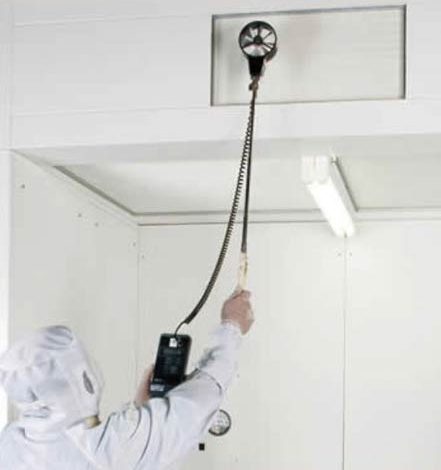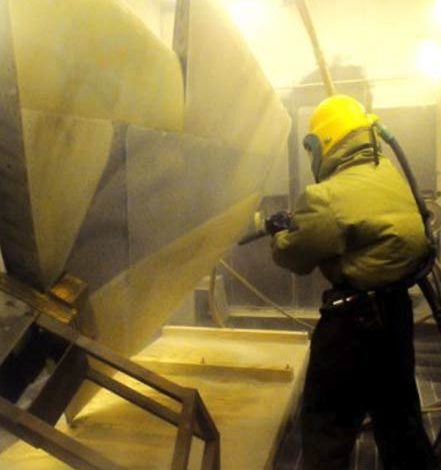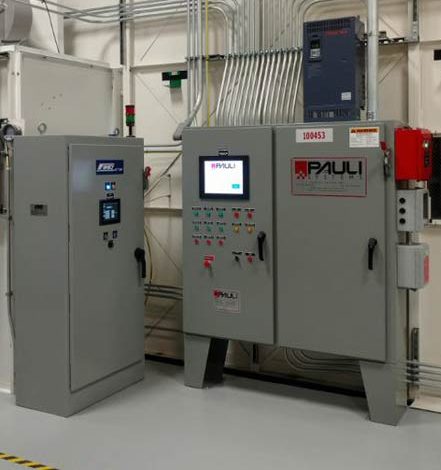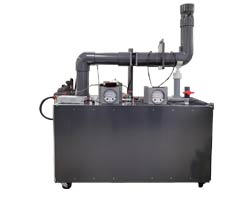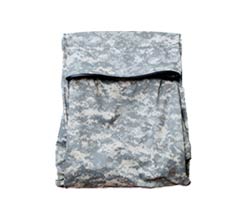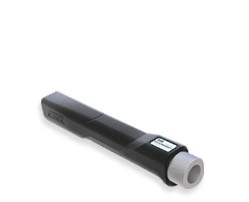Airborne Chemical Monitoring Station
Occupational exposure to chromium(VI) (Cr6+) is 8x more likely to result in cancer than asbestos. Workers are exposed to airborne Cr6+ when aged coatings are stripped by abrasive blasting inside blast cleaning rooms (BCR) with insufficient airflow. Simply increasing airflow to reduce exposure is an expensive proposition. Energy costs increase exponentially when fixed parameter airflow is used to mitigate airborne toxin exposure. Therefore, there is an urgent need to manage exposure at reasonable cost.
Figure Engineering is developing an innovative approach to reducing airborne toxin exposure while maintaining reasonable BCR operating cost to dependably meet changing safety standards.
Through BCR instrumentation, Figure quantifies and differentiates airborne toxins and continuously compares sensed BCR conditions to known hazardous limits to enact autonomous ventilation system response. With the addition of Figure’s Dust Migration Mapping™ technology – which is reliable, robust, and economical – diagnostic validation is employed to support routine monitoring for safety and compliance.
PRODUCT DESCRIPTION


Product Features
- Rapidly quantify airborne toxic dusts containing Cr and/or Cd.
- Compare measured Cr6+, Cd to OSHA action limits to enact autonomous ventilation system response.
- Provide rapid feedback of operator exposures to aid process engineers in fixture designing and operator training.


Technical Specifications
| Description | Capabilities/Value |
| Contaminant detection | Capable of detecting Chromium and Cadmium. |
Product Benefits
Actively monitor and map hazardous airborne material.
Safe dry abrasive blasting operations and other dust/ aerosol producing operations at Department of Defense maintenance depots worldwide. Interest expressed by Lockheed- Martin.
Active control of sensitive closed environments, such as clean rooms and laboratories. (A/AF/NRL, NASA, OSHA)
Miniaturized air monitoring equipment installed in combat vehicles to evaluate field conditions and machine health (Air Force, Army, Navy, NASA, DARPA).
Government uses for emergency response, mobile quarantine units, and mass public transit. (CDC, DOT, DHS, DTRA)
Private sector uses for mineral/raw materials processing, fabricators, and dry and wet coating preparation/application systems. (NDIB)
CONNECT WITH US
Interested in talking to us about this product?
Please contact us, our aim is to serve you and your ideas.












